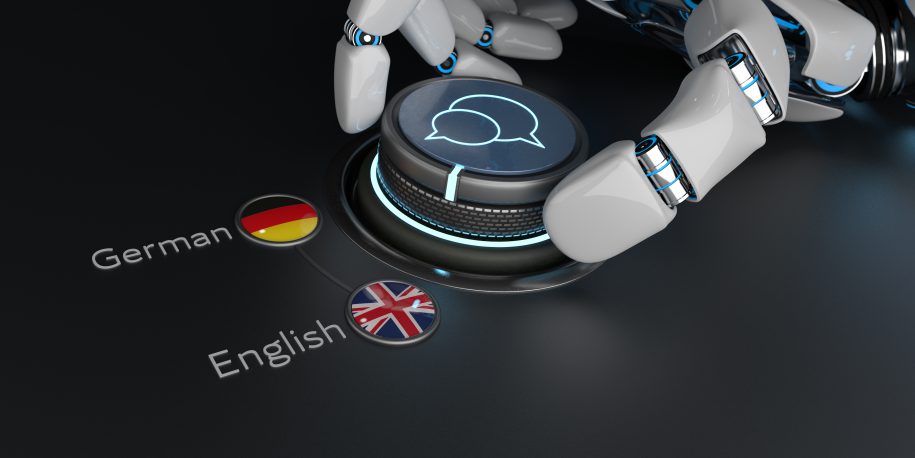AI MACHINE TRANSLATION AND POST EDITING
AI Machine translation provides a way to generate a first draft of your content in other languages when speed is of the utmost importance. Then our experienced post editors will correct the machine output to ensure accuracy while also improving future machine translation output.
AI Machine Translation
Machine translation (MT) is the process of taking content and running it through software to automatically translate it into another language. Machine translation has numerous advantages, including the ability to translate large amounts of text quickly. Since MT is an automated process, its biggest advantage is speed. If you need something quickly, MT can do the job. You can use MT to get a rough idea of what the content is about, and in some cases, that’s good enough. However, there’s a good chance that it won’t be entirely accurate or even clear.


Our AI Machine Translation Services
Machine translation technology has improved considerably in the past several years, with advancements like artificial intelligence and software “learning” from each translation. It still works the best when content is general with simple sentence structures and no specific terminology or jargon.
By understanding the advantages and limitations of MT, we can determine whether it can be effectively used in each context.
At SumaLatam, we produce machine translations for our clients in the form of what’s called raw machine translation. This solution:
- Generates rough translations
- Is beneficial for projects where speed is the most important factor
- Is “good enough” for projects where you only need to get the gist of what something is saying
- Works for large amounts of content
AI Machine Translation Post Editing
Machine translation (MT) and human post-editing (MTPE) offer a faster, more cost-effective alternative to the traditional human translation and editing process.
Although machine translation has improved over time, it still can’t replace the sensitive decisions of a human translator. With limitless variations in every language, complex content, specific terminology and jargon, and lack of context, machine translation can’t identify and apply the correct translation in every instance. Machine translation with human post-editing is necessary in most cases in order to have accurate translations.
Our expert post-editors are specifically trained not only to correct the output of machine translation but also to improve future machine translation output by building a library of corrected content. Post-editing improves the quality of a translation project and builds on the efficiency and accuracy of the MT engine for future projects.
However, not all content should go through machine translation. The higher the importance and prominence of the content, the more a human translator is needed for the project. When content just needs to be understood, is not as visible or would otherwise not be translated due to money and time constraints, machine translation is an excellent choice. Great candidates for MTPE include technical documentation, knowledge bases, internal memos and product descriptions/SKUs for e-commerce websites.

There’s a big difference in the skills needed and the approach for editing human translations and machine-generated translations. In general, the types of errors found in human translations differ greatly from those found in a machine-translated text. For example, machine translations tend to be more accurate when translating numerical values, but they produce more phrases that don’t sound natural.
On the other hand, human translators tend to be better at creating a naturally sounding output with fewer errors in context and meaning, while being more prone to errors in translating numerical values. Our machine translation post-editors are trained to recognize these differences and improve the output. By re-translating awkward-sounding phrases, they “train” the machine translation engine so it improves future output.
